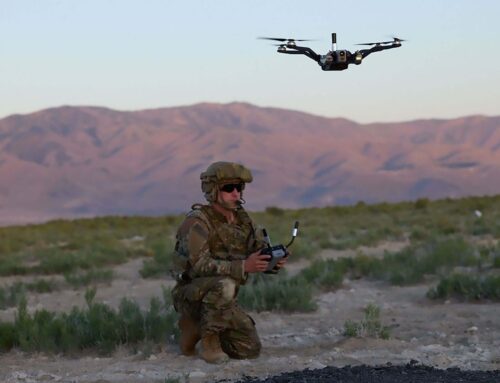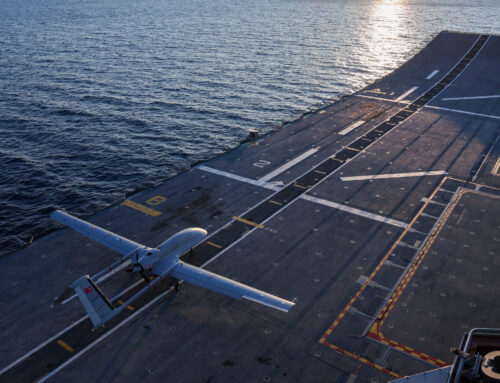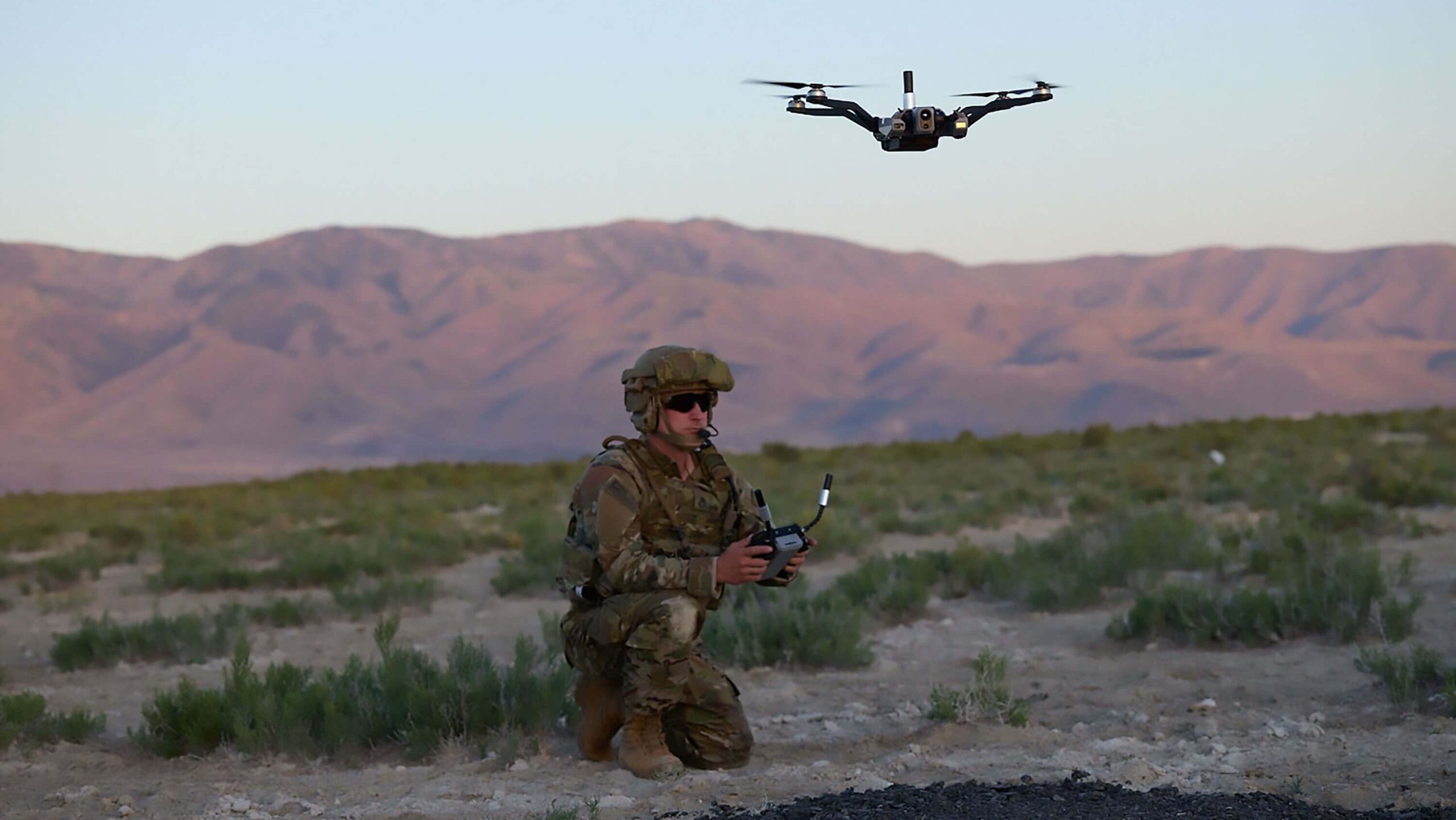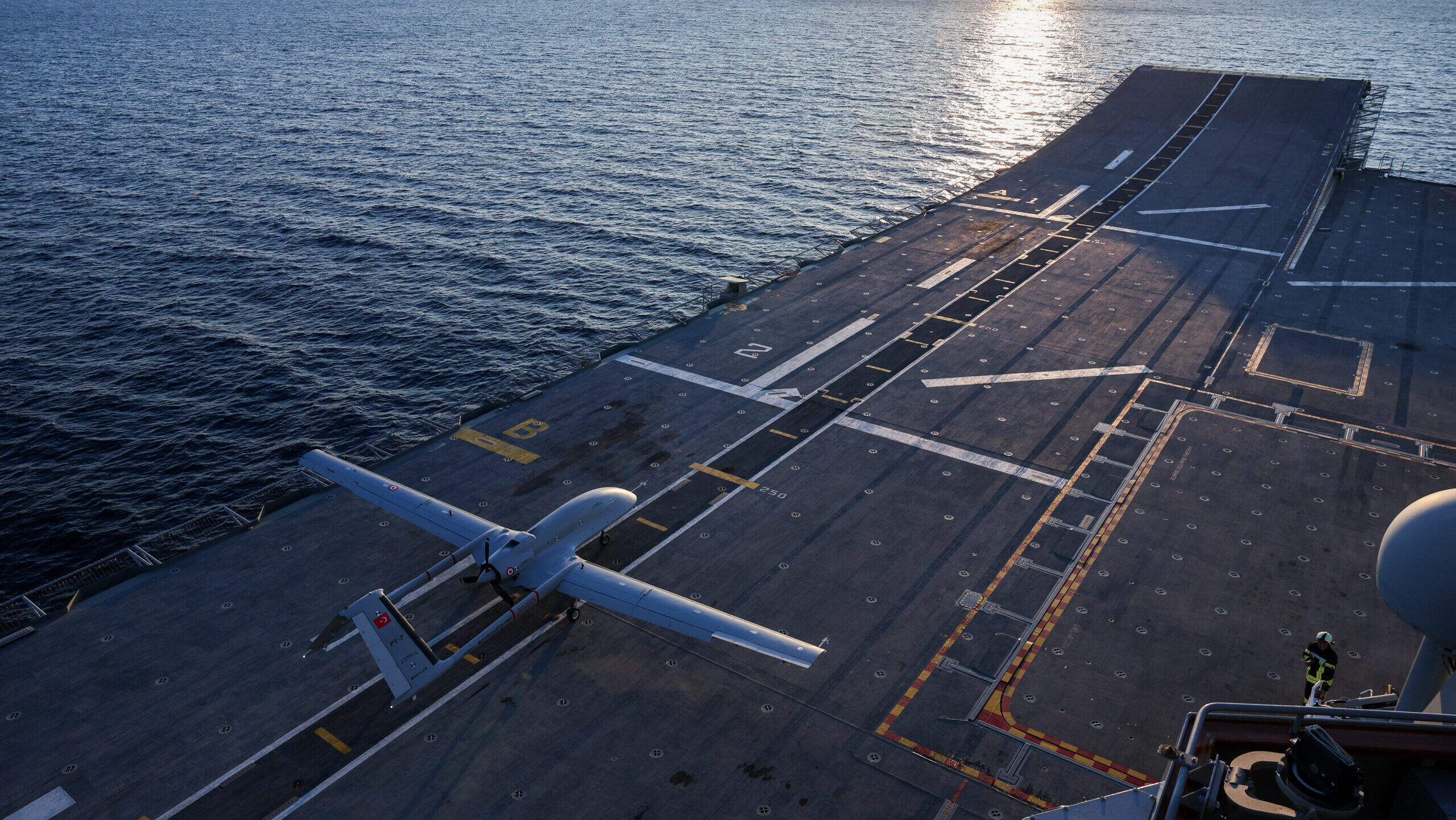A sunset view of Maui Space Surveillance System on Mount Haleakala, above the clouds at 10,000 feet. (US Air Force photo/Tech. Sgt. Bennie J. Davis III)
WASHINGTON — The Space Force has awarded artificial intelligence startup Anduril a contract worth up to almost $100 million to create a modern, machine-to-machine communications network to link sensors for monitoring the heavens to command and control (C2) systems and data analysts, the company announced today.
The indefinite delivery/indefinite quantity contract, managed by Space Force Space Systems Command, covers a five-year program to deliver its Lattice software to US Space Command (SPACECOM) “as a resilient mesh networking capability” to modernize the Space Surveillance Network (SSN), Anduril’s press release said.
“The U.S. Space Command has mandated full deployment by the end of 2026,” the release added.
The SSN is composed of primarily ground-based radars and telescopes that detect and track objects in space, ranging from active satellites to debris such as jettisoned rocket bodies and pieces from satellite breakups. That observational data is downlinked to SPACECOM computer systems for use by analysts who are charged with characterizing whether those objects present threats to US and allied space systems — as well as figuring out whether any are on a course to potentially collide with other space objects, especially any operational satellites.
Anduril’s mesh network, called the Space Domain Awareness Network (SDANet), includes hardware that will be deployed at every SSN sensor type over the next two years, a company official told Breaking Defense.
That hardware will use the Lattice open software platform, which can bring in data from any type of sensor, then employ machine learning to process that information and fuze it, and finally distribute the results.
SDANet will replace SPACECOM’s Space Defense Interface Network, which is “a 40-year-old system of point-to-point network connections leveraging serial lines coupled with aging infrastructure” used by SSN sensors, the company official said. That legacy network “can only move data at speeds of roughly one-tenth of old dial up internet (i.e., ~4,800 Baud),” the official explained, and doesn’t have any way to automatically reroute data if any part of the network goes down.
SDANet thus will “increase the level of connectivity between sensors, command and control systems, and data platforms to drastically decrease communications/messaging latency, increase availability/resiliency, and enable new concepts of operations essential to space warfighting operations currently not possible with legacy communications systems,” Anduril’s press release said.
Specifically, the company official said, the new network will be “transporting and translating data” from SSN telescopes and radars to the C2 systems at Space Force Delta 2’s 18th Space Defense Squadron at Vandenberg SFB, Calif. and 19th Space Defense Squadron at the Naval Support Facility Dahlgren, Va.
The 18th Space Defense Squadron is the primary space domain awareness unit for SPACECOM, and is charged with C2 of the SSN sensors and managing the command’s computerized database of space objects, according to a Space Force fact sheet. It also is responsible for sharing space tracking data with Defense Department, interagency, commercial, international and academic users.
The 19th Space Defense Squadron provides tasking orders to the SSN sensors “to maintain up-to-date orbital parameters for over 40,000 man-made Earth-orbiting objects,” according to a Space Force fact sheet. In particular, its role includes “expanding cislunar and extra-geosynchronous awareness via current SSN and commercial capabilities” and contributing to “space-based environmental monitoring missions.”
Anduril’s network already is operational at a subset of the SSN sites in Maui, Hawaii, via an experimental program with Space Systems Command first initiated in November 2022. Under that program, the Anduril official explained, the SDANet is feeding data to the Non-traditional Data Pre-Processor system built by L3Harris — essentially one of a series of software patches that have been developed over two-plus decades of unsuccessful efforts to overhaul the aging computer processing, data analysis and C2 systems used by SPACECOM to manage space domain awareness operations, and enable integration of new sensors and observational data.
Specifically, the official said, the Non-traditional Data Pre-Processor feeds Anduril’s SDANet data to SPACECOM’s 1980s-era Space Defense Operations Center (SPADOC) computer system and software. SPADOC links directly with legacy SSN sensors, pulls it down, and processes it. That pre-processor also will be used to feed data into SPADOC’s replacement system, called ATLAS (Advanced Tracking and Launch Analysis System) also being developed by L3Harris. ATLAS, however, is facing it own developmental problems.
SDANet further will enable connections to “various mission partners that currently rely on this data for intelligence and analysis mission sets,” the Anduril official said.
The Defense Department and the services began experimenting with Anduril’s AI-powered Lattice platform as long ago as 2020, including for counter-drone operations — winning a $1 billion contract from US Special Operations Command in 2022 — and as an enabler of its ambitious Joint All Domain Command and Control (JADC2) concept.
Further, Anduril has ambitious plans for its own constellation of space monitoring satellites, to be launched by 2025, based on Lattice.










